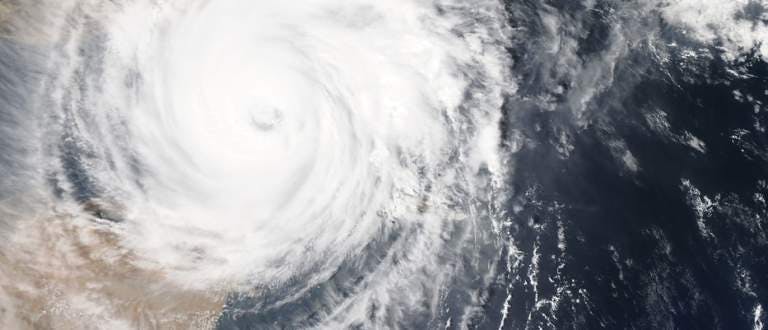MEASURING AND PRICING CYCLONE-RELATED PHYSICAL RISK UNDER CHANGING CLIMATE
2022-03-21
We propose a statistical methodology to quantify the financial implications of tropical cyclone-related physical risks implied by climate change. To address the sensitivity of disaster intensity to climate change, we provide a Monte Carlo methodology to generate synthetic cyclones consistent with climate scenarios of the Couple Model Intercomparison Project (CMIP5). Sovereign exposure and vulnerability assessments in principal tropical cyclone basins are based on projections of population densities in shared socioeconomic pathways coupled with downscaled physical asset values constructed using mixed data along with locally calibrated damage functions. Finally, we compute the direct climate impact on emerging countries’ bond spreads using the spread sensitivity to the debt to GDP ratio, assuming that damage costs are financed by issuing new government debt. We find that the ‘business as usual’ RCP8.5 concentration scenario coupled with the ‘middle road’ shared socioeconomic pathway (SSP2) leads to global average annual damages 142% larger than in the concentration scenario RCP2.6 allowing to remain under 2°C warming. In terms of emerging market impact, we estimate that in 2070-2100, the impact of extreme cyclones on the bond spread of most vulnerable countries will up to 200 bps higher in the RCP8.5 pathway than in the 2°C baseline. In every step of our assessment, we quantify the impact of model uncertainty on our results using 7 different climate models from the CMIP5 database.
Keywords: Climate change, physical risk, cyclone, sovereign risk, Monte Carlo simulation, damage modeling
Read the PDF